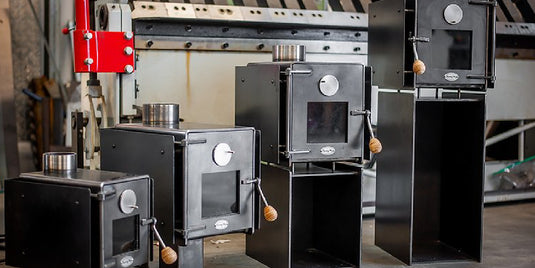When choosing the size of your tiny house there are a few considerations. |
|
How do you want to transport it? If you want to be able to tow your tiny house on public roads using the trailer provided, then you will need to keep the weight of it under 3500kg. Practically speaking, that means a maximum size of no larger than 8m long x 2.4m wide, and 4.3m high, and it will need to be built out of lightweight materials. Keep in mind that at this size, you will need to remove some appliances and cabinetry items to reduce the weight for transport. Alternatively, if you do not want to be able to tow your tiny home yourself on public roads then you can build bigger and heavier, but you will need to transport your tiny house by truck. In that case, weight limits are not such an issue, and a practical maximum size for a tiny house being transported this way is 10 x 3m. What is your budget for delivery? Having a tiny house that is road legal that can be towed on its own trailer on public roads does mean more affordable delivery costs, especially if you are travelling inter-island with your tiny home. What’s your overall budget? Just with any construction project, the bigger it is, the more materials required the bigger the cost, so to keep the cost of your tiny house down, select the smallest size that you feel can adequately meet your needs. How big is your parking area and access route? Be practical about the space that will be needed to position your tiny house, and how much space is needed along the access route in order to get it in place on delivery day. How many people do you need to accommodate? To state the obvious, the more people you’re accommodating, the bigger the tiny house needs to be. Our advice is that 6x2.4 is adequate for 1 person, 7.2 or 8m x 2.4 is adequate for 2-3 people, and any more than 3 people we’d recommend something bigger and likely wider, say 9x2.4m or 9x3m. |
 is here! Shop now, pay later in 4 easy installments
ⓘ
is here! Shop now, pay later in 4 easy installments
ⓘ






